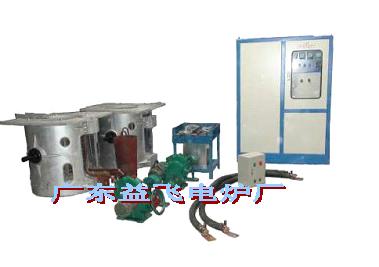Sintering of crucible in induction melting furnace
The sintering process is to make the liquid phase fusion between the sand materials at high temperature to form a continuous sintering network. So as to improve the compactness and strength of the crucible to meet the needs of melting steel. The sintering surface structure of crucible is divided into three areas: sintered layer, semi sintered layer and non sintered layer. These three areas are called the sintering structure of crucible.
1. Sintering
The sintering layer is in contact with molten steel and bears the erosion of high temperature slag and molten steel and the action of static pressure and temperature variation stress. It is the working layer of crucible. It should have high strength, and the sand is completely fused, and the thickness is about 25% - 35% of the crucible wall thickness.
2. Semi sintered layer
Part of the sand in the semi sintering layer begins to bond with each other, and the sintering network is incomplete. The function of this layer is to absorb the expansion stress produced by the sintering layer and prevent the crack from extending. The thickness of the semi sintered layer is about 35% of that of the crucible.
3. Unfired layer
The unfired layer is the original sand without sintering at all. It has the function of heat insulation and buffering the force on the induction coil caused by the volume change of the crucible during heating and cooling. The unfired layer accounts for about 30% of the crucible wall thickness.
Yiphee Electric Furnace Co.,Ltd specializes in producing induction furnace.Tel(WhatsApp):+86-13450756789, yiphee@yiphee.cn
